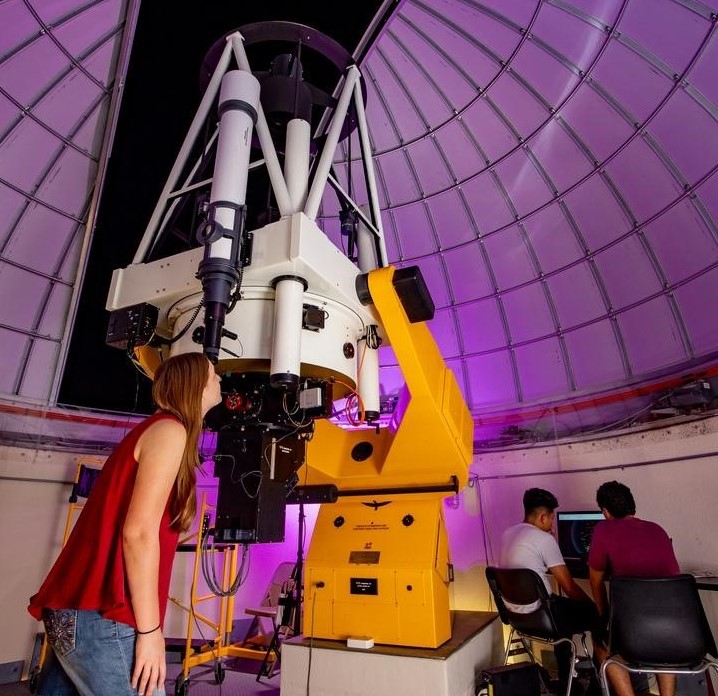Document Type
Article
Publication Title
The Astrophysical Journal
Abstract
During the last decade, M87's jet has been the site of an extraordinary variability event, with one knot (HST-1) increasing by over a factor 100 in brightness. Variability has also been seen on timescales of months in the nuclear flux. Here we discuss the optical-UV polarization and spectral variability of these components, which show vastly different behavior. HST-1 shows a highly significant correlation between flux and polarization, with P increasing from 20% at minimum to >40% at maximum, while the orientation of its electric vector stayed constant. HST-1's optical-UV spectrum is very hard (αUV-O 0.5, F ν ∞ ν-α), and displays "hard lags" during epochs 2004.9-2005.5, including the peak of the flare, with soft lags at later epochs. We interpret the behavior of HST-1 as enhanced particle acceleration in a shock, with cooling from both particle aging and the relaxation of the compression. We set 2σ upper limits of 0.5δ pc and 1.02c on the size and advance speed of the flaring region. The slight deviation of the electric vector orientation from the jet position angle (P.A.) makes it likely that on smaller scales the flaring region has either a double or twisted structure. By contrast, the nucleus displays much more rapid variability, with a highly variable electric vector orientation and "looping" in the (I, P) plane. The nucleus has a much steeper spectrum (αUV-O ∼ 1.5) but does not show UV-optical spectral variability. Its behavior can be interpreted as either a helical distortion to a steady jet or a shock propagating through a helical jet.
DOI
10.1088/0004-637X/743/2/119
Publication Date
12-20-2011
Recommended Citation
Perlman, Eric S.; Cara, Mihai; Bourque, Matthew; and Simons, Raymond C., "Optical Polarization And Spectral Variability In The M87 Jet" (2011). Aerospace, Physics, and Space Science Faculty Publications. 244.
https://repository.fit.edu/apss_faculty/244


